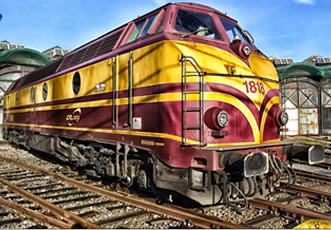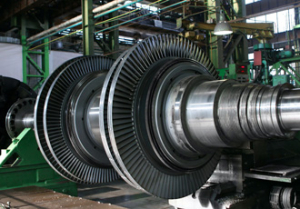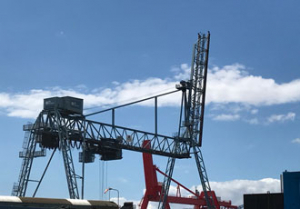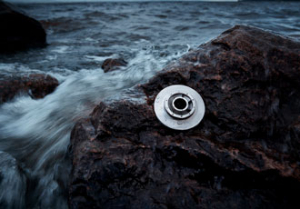It's good enough for the Golden Gate Bridge

Everyone is familiar with the iconic Golden Gate Bridge, and over two billion cars have actually driven across it since its opened back in 1937. With this constant flow of traffic, combined with the salty sea air and San Francisco’s notoriously foggy weather means that maintenance workers use an anti-corrosion paint coating to protect the bridge’s steel components. Steve Hughes, Managing Director of power quality specialist REO UK, explained how manufacturers of electronic components can protect their products from the elements.
Components for the rail industry currently require high ingress protection ratings to protect them from the elements. Water, brake dust and high speed exposure to dirt and moisture can damage components if they are not correctly protected. During maintenance, components are often subject to wash downs during maintenance, meaning they should also be protected against high pressure water jets.
Traditionally, manufacturers use enclosures and encapsulation to protect the product. Although housing a component inside a metal enclosure and encapsulating it does provide a high level of ingress protection, it has its drawbacks. Many applications in the railway industry have to be as small and light as possible, to avoid adding additional weight or bulk to the train.
When encapsulates and housings are used, they add additional weight to the components, meaning that although the component is protected, rail companies will not want to use the product. They also significantly add to the cost and production time of the component due to the enclosure having to be manufactured and the necessary curing times for the encapsulate.
Components in the rail industry are often designed for use in the open air. This means that when encapsulating the components, manufacturers must consider the thermal conductivity and dielectric strength of the encapsulate, to enable the component to maintain performance as designed.
Metal housing also faces the problem of insulation breakdown, where the insulator becomes electrically conductive and it results in a short circuit or blown fuse. The housing must have internal insulation to ensure that this does not happen.
Where terminals enter and exit the metal housing, manufacturers must also ensure that creepage and clearance distances are also adhered to. Creepage distance is the separation between two conductive parts, as measured along the surface of the board, and clearance is the distance between two conductive parts through the air. If the correct distances are not adhered to, the products will fail testing.
At REO UK, instead of encapsulating and coating the components that are produced for the rail industry, there is the option of coating components with a silicon based material called Elastosil. By using this silicone rubber, manufacturers can avoid many of the traditional problems that arise when they try to protect their products.
The silicon based material is a low cost method that effectively protects the components from external damage. As the component is not encapsulated or surrounded by an enclosure, the total weight or size of the component is not dramatically increased. The protection is proven in railway applications, where the component is directly exposed to dirt and moisture.
The silicon based material is not always relevant to all applications, as it cannot be used where there will be direct human contact or contact with mechanical objects. However, at REO UK, the Elastosil coating is used on inductors, that are used for the current limiting and power supply regulations. These are placed in cooling channels, where they are not directly exposed to dust or moisture, but must be protected up to IP66 to remain functional.
Manufacturers have a tough task in balancing high ingress protection against the need for the smallest and lightest components possible. However, if the immensity of the Golden Gate bridge can be protected against the harshness of San Francisco’s elements, then manufacturers must be able to find effective ways to protect their products and deliver a high quality product to their customer.
Similar articles
More from REO UK
- Extended electrical choke capabilities on show 27th April 2021
- Simulation testing ensures products are top quality 18th January 2021
- Addressing the threat of interference 12th October 2020
- Rethinking electrical and electronics supply chains 9th October 2020

-(1)ed.jpg)










Write a comment
No comments